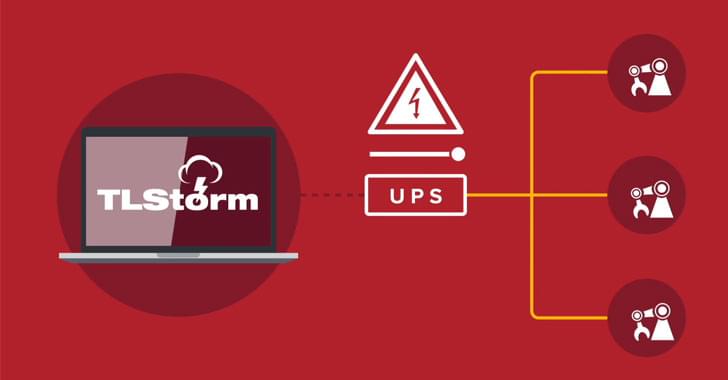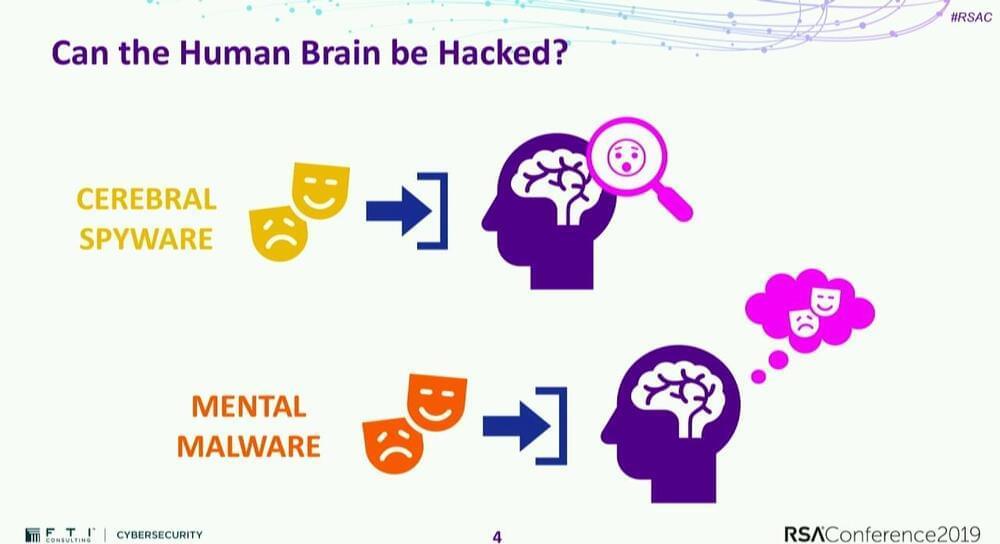Mar 11, 2022
3 XSS vulnerabilities in IBM Security QRadar SOAR: Update immediately
Posted by Saúl Morales Rodriguéz in category: cybercrime/malcode
Cybersecurity specialists reported the detection of multiple vulnerabilities in IBM Security QRadar SOAR. According to the report, successful exploitation of these flaws would allow the deployment of severe attack scenarios.
Below are brief descriptions of the reported flaws, in addition to their tracking keys and scorings assigned according to the Common Vulnerability Scoring System (CVSS).
Continue reading “3 XSS vulnerabilities in IBM Security QRadar SOAR: Update immediately” »

















